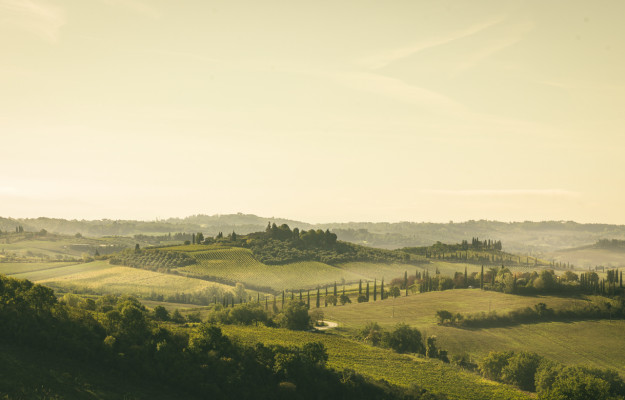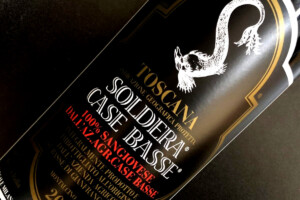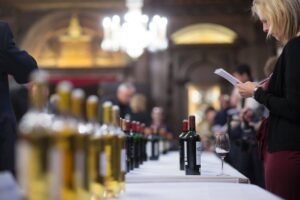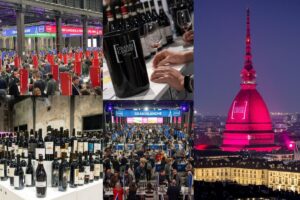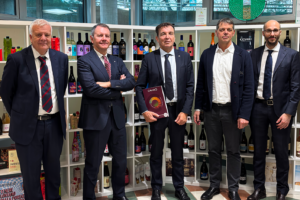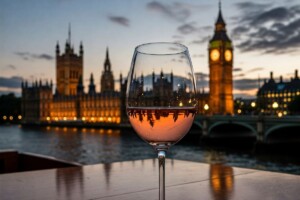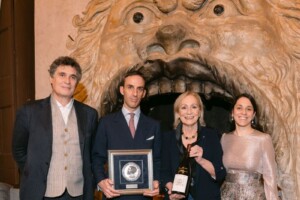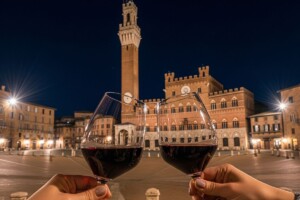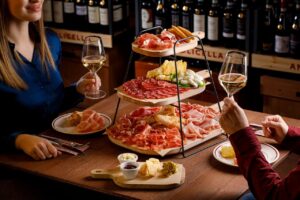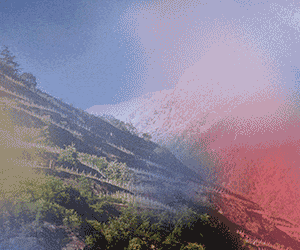The Chianti Classico territory represents the perfect example of enlightened human action. Its landscapes are designed by vineyards alternating with the woods in the hills that run between Siena in the Middle Ages and Florence in the Renaissance. It is still intact, and it is absolutely one of the most beautiful landscapes ever. Furthermore, one of the most loved and most well-known Italian wines in the world is produced here. Now, it is officially beginning its journey towards UNESCO recognition, through its unique system: “TheVilla-Farm system in Chianti Classico” has been officially included on the Italian proactive list of candidates for World Heritage Sites. This first step is significant and fundamental to the project, shared by the entire territory, and under the direction of International Scientific Committee of the highest academic standing. The Foundation for the Protection of the Chianti Classico Territory formulated and managed the proposal, which had already been submitted previously, in April 2023. All of the municipal administrations of the territory unanimously agreed on the proposal, and the Tuscan Region, the proponent, also gave its fundamental support. “It is with great pride that I address the initial procedure of drafting the dossier for the candidacy of the Chianti Classico Villa-Farm system”, Eugenio Giani, president of the Tuscan Region, said, “the candidacy has a special meaning for us, because it will allow us to further improve one of the historically most identifiable landscapes in our Region. It is one of the most famous images of Tuscany around the world, so much so, that it has become an icon”.
“The Villa - Farm system in Chianti Classico is testimony to the methods and practices that have invested the agricultural territories between the cities of Florence and Siena, starting from the Renaissance, indicating the evolution of their settlement and production structure.
The constant attention of the two dominant cities - explained a note - towards these territories, made them the top choices for their cultural, social and productive renovation policies, following the grave decline due to the black plague and the subsequent epidemics and famines that scourged Europe in the second half of the fourteenth century. The policy of revitalization included new settlement forms, and new models of land organization were also introduced, represented by the Villa-Farm system, which prevailed over the Medieval era through business models aimed at managing the entire economic chain. Within this framework, a general reformulation of the medieval territorial structure was outlined, which incorporated reusing the pre-existing Villa - Farm settlements in order to fulfill the strategic functions required by the new Renaissance territorial economy. The renovation activity of the historic Villa-Farm settlement and production system of the candidate territory started primarily from the second half of the sixteenth century, when the long wars between Florence and Siena were over; therefore, it was no longer a frontier area and theater of battles, and the revitalization initiative the two cities conducted spread over the entire Chianti area, determining its salient historical, structural and identifying features that are still recognizable today”.
These characteristics are the object of research by a group of scientific consultants, directed and coordinated by Professor Paola Eugenia Falini, with the support from a recently appointed International scientific committee, composed of: Cristina Castel-Branco, University of Lisbon (Portugal); Monica Luengo, landscape architect, honorary member of the International Scientific Committee of Cultural Landscapes ICOMOS-IFLA; Hidenobu Jinnai, Prof. Eng. Hosei University of Tokyo (Japan); Jukka Jokilehto of the Nova Gorica University (Slovenia); Alessandro Pacciani, University of Florence and member of the Accademia of the Georgofili; Luigi Zangheri, University of Florence and President Emeritus of the Academy of Design Arts.
“The Foundation”, commented the president, Tessa Capponi Borawska, “meticulously organized the preliminary analysis for the presentation of the formal request to be included on the Italian proposal list. I would like to take this opportunity to once again thank the Tuscan Region, the Mayors of the area and all the other individuals involved who have made it possible, with their support, to achieve this first coveted goal. It is with great enthusiasm that we present the members of an International Scientific Committee, who will give assistance to our illustrious scientific consultants in preparing the dossier aimed at obtaining the prestigious World Heritage recognition”.
Copyright © 2000/2025
Contatti: info@winenews.it
Seguici anche su Twitter: @WineNewsIt
Seguici anche su Facebook: @winenewsit
Questo articolo è tratto dall'archivio di WineNews - Tutti i diritti riservati - Copyright © 2000/2025










